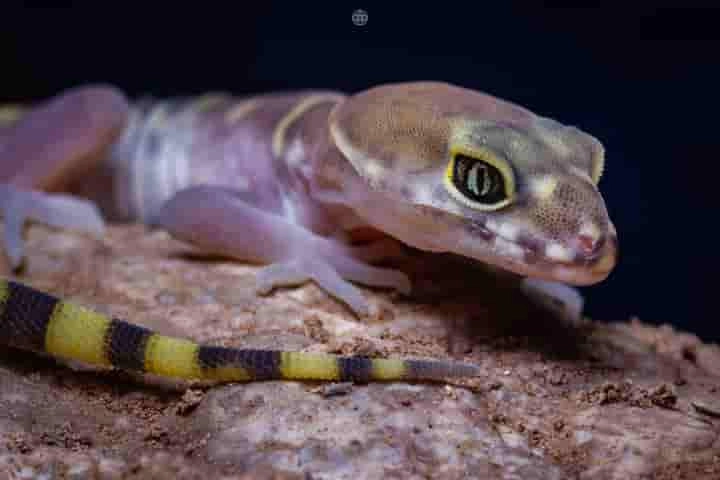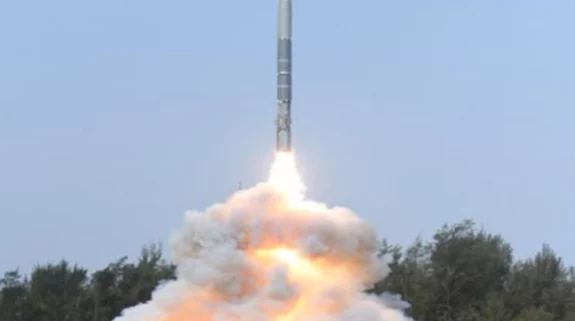A change in the gentle demeanour of any being is bound to invoke curiosity. This is what happened when scientists observed geckos or the small, usually carnivorous lizards who are even-tempered and gentle, turning violent while hunting scorpions for their meals, a report in livescience.com mentions.
Researching about this, it was observed that the western banded gecko whose scientific name is Coleonyx variegatus, while holding the scorpion shakes its head from one side to other, all the while hitting its prey on the ground repeatedly.
Talking about this in a statement, the study’s lead author, Malachi Whitford said that geckos are "the least intimidating animal you've probably ever met, but then they see a scorpion — they go like, berserker mode."
Whitford did this study as part of his doctoral degree in ecology at San Diego State University.
The study which suggested that this savage action may afford the lizards some shield against the scorpion’s poisonous stings was published in the Biological Journal of the Linnean Society.
This behaviour observed in crocodiles, roadrunners and other mammalian carnivores, was for the first time seen in banded geckos who inhabit the arid regions of western North America and are four to six inches in length. Their staple diet consists of insects and at times dune scorpions.
It was in the 1990s that this behaviour was observed in the geckos by Rulon Clark, the study’s co-author and SDSU biology professor, in the desert near Yuma, Arizona when he was research assistant. Now, California’s Clovis Community College environmental science professor he said: “It became very apparent that the geckos would readily perform the shaking behaviour when presented with a scorpion."
The entire exercise would culminate with the lizards swallowing the scorpion. "The whole process was over in just a few seconds," remarked Whitford.
The gecko’s act of hunting scorpions and other non-venomous creatures was filmed by the researchers at 1,200 frames per second. Further 21 trails were conducted which saw nine geckos eating scorpions along with 10 trails in which eight lizards had non-scorpion prey. The movement of the head was mapped by the researchers using digital tracking technology thereby the velocity and acceleration of the rapid movement of geckos – more than a dozen times in a few seconds — was measured.
Also read: Study confirms that sharks sleep, even when their eyes are open!
The study found that the movement of the lizards involved rotation of the heads and bodies to and fro in a cyclical way to smash the scorpions against the ground.
The study suggests that this shaking made the scorpions safer to eat by making them immobile. Yet, it was found that only 62 per cent of the scorpions became immobile following this shaking. Another proposition was that this rapid motion reduced the severity of the scorpion’s sting or did not allow it to deliver the complete venom, as 90 per cent of the lizards were stung during their hunt.

Thus, fracturing the sting could be one aim.
Sharing their insight, the scientists wrote: "Given the speed and violence of shake-feeding, we suggest that geckos shake the scorpion to cause mass trauma and subsequent immobility or, potentially, to break the stinger and render the scorpion harmless.”
The study concluded by stating that further detailed observations of the lizards needed to be made by using multiple camera angles and 3D modelling so as to comprehend how the scorpions are influenced by this violent shaking.
Sharing details on this aspect, Whitford said: "From our recordings, it was clear that the geckos were actively slamming the scorpions into the substrate. However, as we only have a top-down view of the shaking, we were unable to describe the forces being experienced by the scorpions. Ideally, the next step would be to study the shaking behaviour using 3D videography."




















